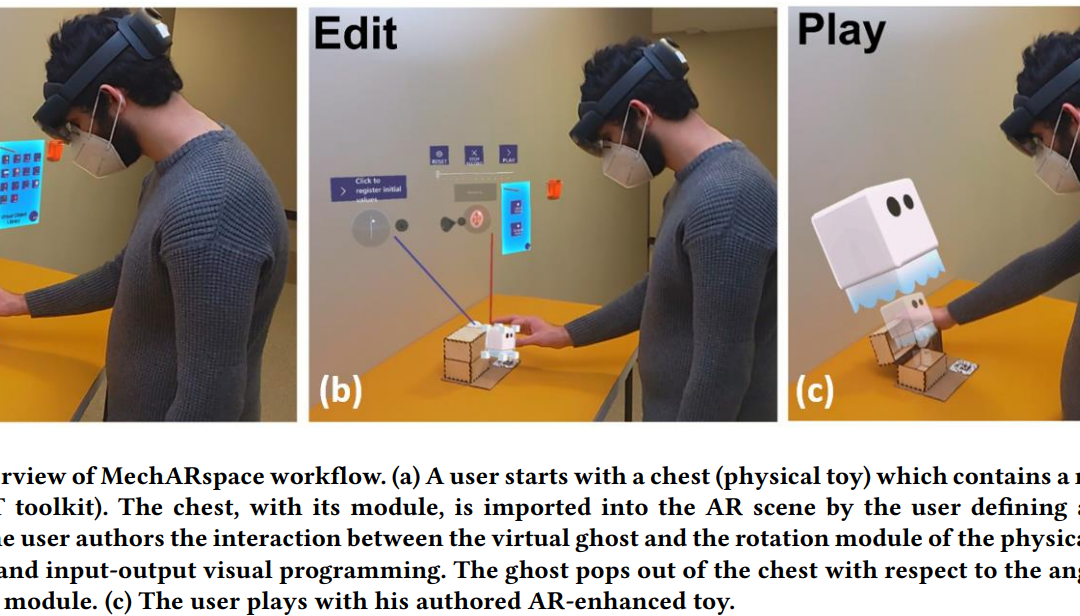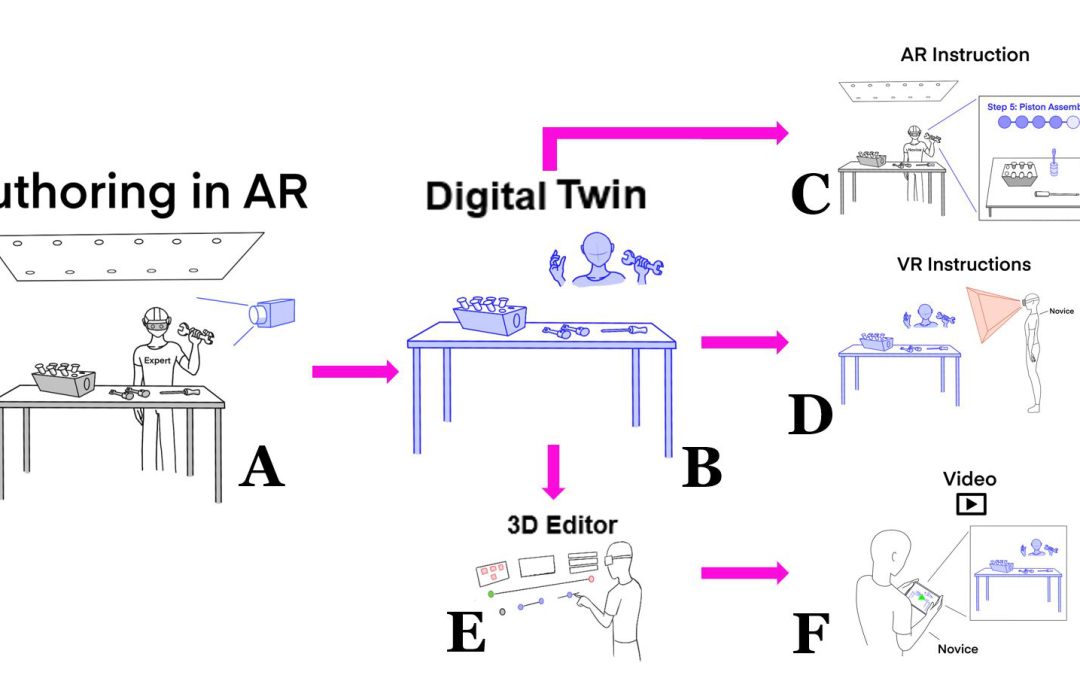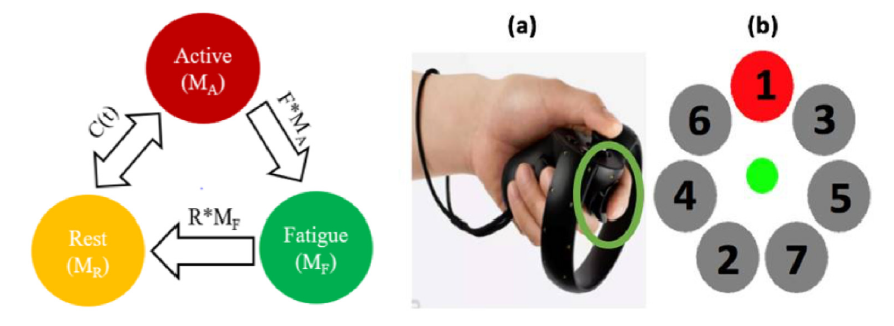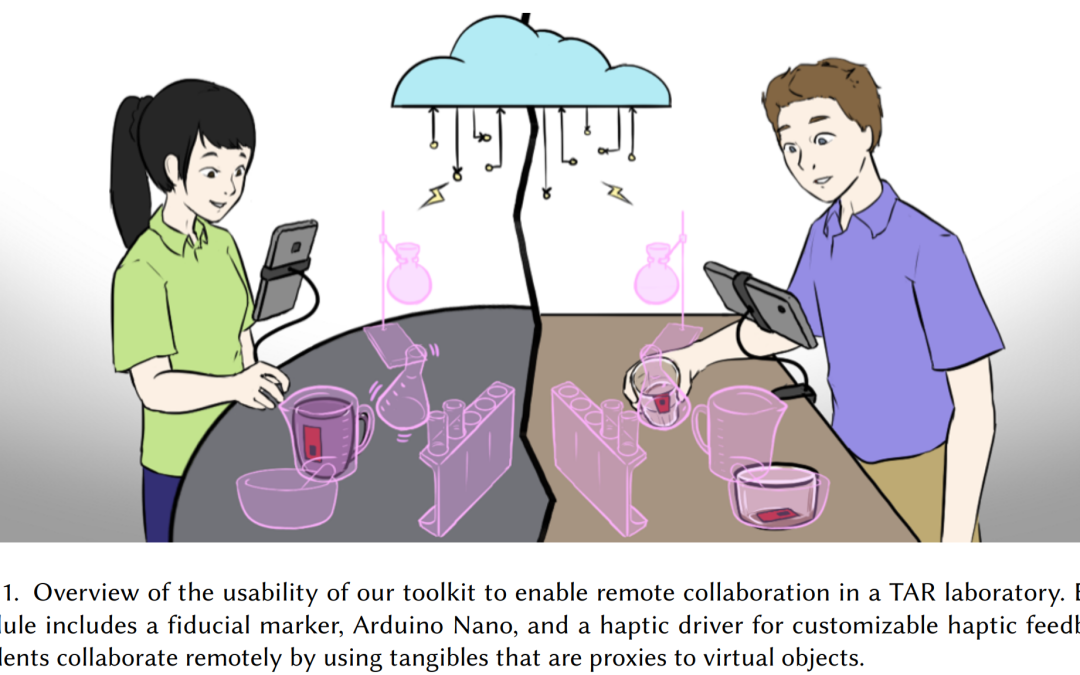Augmented Reality (AR), which blends physical and virtual worlds, presents the possibility of enhancing traditional toy design. By leveraging bidirectional virtual-physical interactions between humans and the designed artifact, such AR-enhanced...


Augmented Reality (AR), which blends physical and virtual worlds, presents the possibility of enhancing traditional toy design. By leveraging bidirectional virtual-physical interactions between humans and the designed artifact, such AR-enhanced...

Vision-based 3D pose estimation has substantial potential in hand-object interaction applications and requires user-specified datasets to achieve robust performance. We propose ARnnotate, an Augmented Reality (AR) interface enabling end-users to...

Augmented/Virtual reality and video-based media play a vital role in the digital learning revolution to train novices in spatial tasks. However, creating content for these different media requires expertise in several fields. We present EditAR, a...

Interaction in mid-air can be fatiguing. A model-based method to quantify cumulative subjective fatigue for such interaction was recently introduced in HCI research. This model separates muscle units into three states: active (Ma) fatigued (Mf) or...

Over the past decade, augmented reality (AR) developers have explored a variety of approaches to allow users to interact with the information displayed on smart glasses and head-mounted displays (HMDs). Current interaction modalities such as...

Augmented Reality (AR) experiences tightly associate virtual contents with environmental entities. However, the dissimilarity of different environments limits the adaptive AR content behaviors under large-scale deployment. We propose ScalAR, an...

The US manufacturing industry is currently facing a welding workforce shortage which is largely due to inadequacy of widespread welding training. To address this challenge, we present a Virtual Reality (VR)-based training system aimed at...

Human skeleton-based action recognition offers a valuable means to understand the intricacies of human behavior because it can handle the complex relationships between physical constraints and intention. Although several studies have focused on...

Current times are accelerating new technologies to provide high-quality education for remote collaboration, as well as hands-on learning. This is particularly important in the case of laboratory-based classes, which play an essential role in STEM...